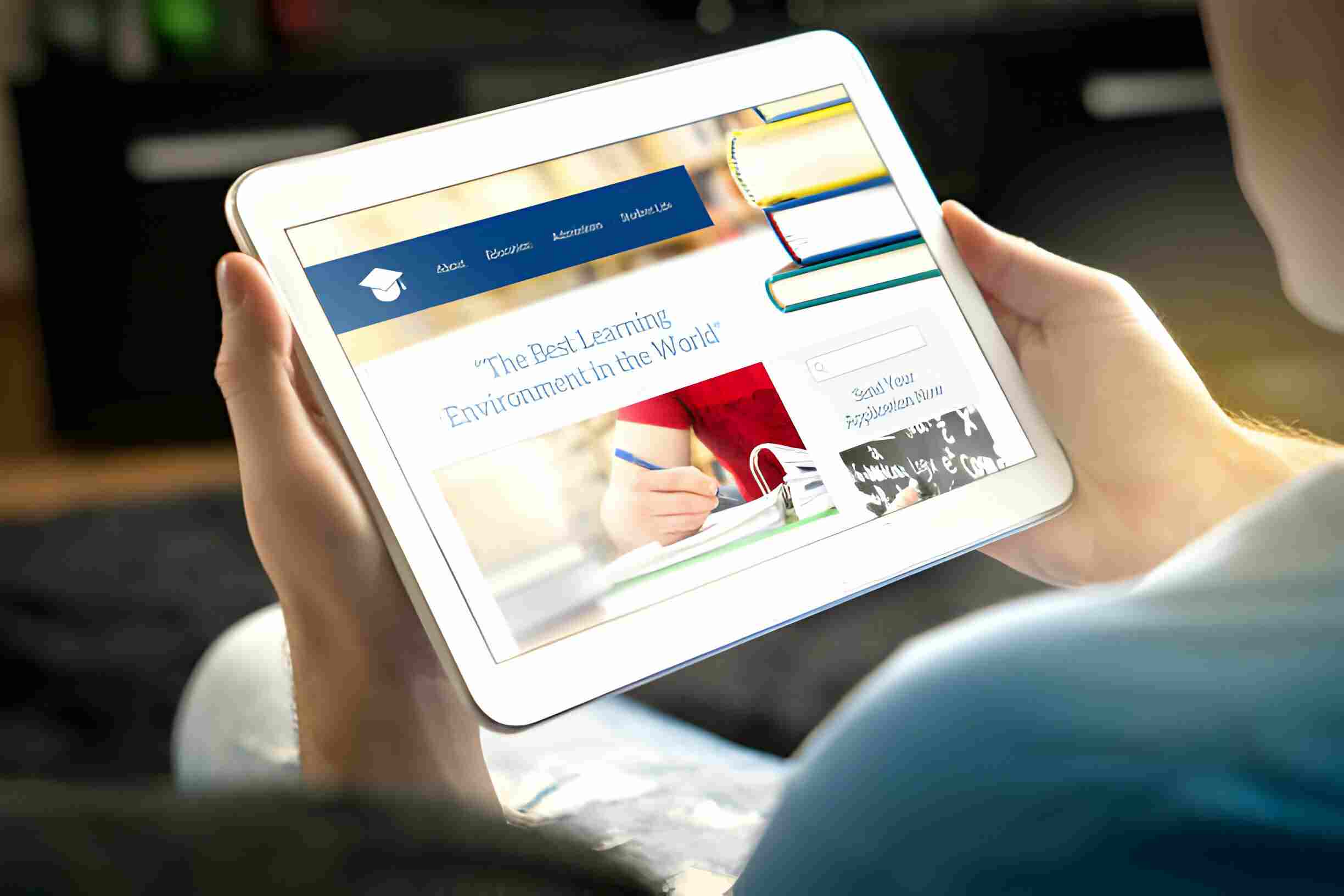In today’s era e e-learning has become a component of education offering flexibility and accessibility to learners all over the world.
However for e-learning to cater to everyone including individuals with disabilities it must address their needs. This article explores the role that inclusive web design plays in creating an educational environment for all.
Defining Inclusive Web Design
Inclusive web design encompasses the creation of spaces that can be accessed understood and utilized by people of all abilities or disabilities.
It places an emphasis on accessibility from the initial stages of design ensuring that websites and applications are usable by as many people as possible. Within the realm of e-learning adopting web design is essential for providing an educational experience.
E-learning platforms have the potential to overcome barriers and make education accessible to a wide range of learners. However, this potential can only be realized if e-learning is designed with accessibility, as a core consideration.
Key Principles of Inclusive Web Design in E-Learning
Improve the accessibility of e-learning by incorporating principles of web design. Make sure to prioritize usability, diversity, and equal access to create an online learning environment.
A. Universal Design for Learning (UDL)
Universal Design for Learning is a framework that prioritizes designing content and experiences that cater to the needs of all learners.
In e-learning, UDL principles serve as a guide to creating flexible learning environments and materials that can be personalized to accommodate learning styles and abilities. Inclusive website design incorporates UDL to ensure e-learning platforms cater to a range of learners.
B. Providing Ways to Present Information
Inclusive e-learning platforms should offer information in formats. This includes providing text-based content along with descriptions, video captions, and alternative text for images.
By presenting information through means learners, with learning styles and preferences can access the content in ways that suit their individual needs.

C. Offering Multiple Ways to Engage and Express
Inclusive web design empowers learners to interact with the benefits of E-learning using methods and platforms. To ensure inclusivity, in e-learning, it is important to consider accessibility measures.
This may involve offering keyboard shortcuts for individuals with motor impairments allowing voice input for those who struggle with typing and providing options for learners to express their understanding, such as through written responses, audio recordings, or interactive quizzes.
D. Supporting Multiple Means of Engagement
Engagement plays a role in effective e-learning. Inclusive design aims to accommodate learners’ preferences by incorporating multimedia elements, interactive simulations, discussion forums, and collaborative projects that cater to diverse learning styles and preferences.
Practices for Inclusive Web Design in E-Learning
Here are some best practices for web design in e-learning:
1. Conduct accessibility audits to identify and address barriers within e-learning platforms. These audits involve evaluating the platform’s adherence to accessibility standards testing compatibility with technologies and gathering feedback from users with abilities.
2. Provide text for images so that learners, with visual impairments can comprehend the content and context of visuals when using screen readers.
3. Implement keyboard navigation options to assist users who may have difficulty using a mouse. This ensures an experience, for individuals facing challenges related to Coordination skills or dexterity.
4. Ensuring Adequate Color Contrast for individuals with impairments or color blindness. Inclusive web design in e-learning involves selecting color palettes that offer contrast between the text and background making the content readable for all users.

5. Providing Adjustable Font Sizes and Styles for different learners who have varying preferences when it comes to sizes and styles. Inclusive e-learning platforms enable users to modify the size and choose from a variety of styles enhancing readability and catering to individual needs.
6. Including Closed Captions and Transcripts for learners with hearing impairments when dealing with multimedia content. Inclusive e-learning platforms incorporate these features to ensure that all learners can access and comprehend the material.
7. Offering Personalization Choices to learners who have preferences and needs inclusive web design provides personalization options such as settings, for font size, contrast, and multimedia preferences. This allows individuals to customize their learning experience according to their requirements.
Examples of Inclusive E-Learning Platforms
Explore the forefront of e-learning platforms that are embracing inclusivity. These instances put accessibility catering to diverse learning styles and creating an educational experience, at the forefront.
Coursera
Coursera is an online learning platform that prioritizes accessibility. They offer closed captions, for videos alt text for images, and keyboard navigation options to ensure that everyone can participate.
Additionally, Coursera allows users to customize their experience by adjusting sizes and choosing display themes that best suit their needs.
edX
Another known e-learning platform, edX also focuses on inclusivity. They provide features like text for images keyboard navigation and font sizes.
In addition to these accessibility measures, edX offers captions for videos and a range of settings to cater to the needs of their users.
Future Trends in Inclusive Web Design for E-Learning
Discover the changing world of web design, for e-learning. Stay ahead of the game by comprehending and putting into practice trends that prioritize accessibility, and user experience and cater, to diverse learning requirements.

A. Immersive Learning Experiences
Looking ahead at trends in web design for e-learning one area of exploration is immersive learning experiences using virtual and augmented reality.
As technology continues to advance these emerging technologies can offer content while ensuring accessibility for individuals with different abilities.
B. AI-Driven Personalization
Artificial intelligence (AI) holds the potential, to enhance inclusivity through learning experiences.
AI-driven platforms have the ability to adapt content delivery based on individual online learning styles, preferences, and accessibility requirements. This ensures that each learner has a tailored journey suited specifically to their needs.
Conclusion
Moving forward e-learning platforms may enhance their cooperation, with accessibility experts and organizations to ensure that design choices align with accepted practices. This collaborative approach holds the potential to create accessible educational resources.
To emphasize inclusive web design is not merely a concept it is a requirement in the realm of e-learning. With education embracing formats the significance of ensuring accessibility, for all learners cannot be overstated.
Inclusive web design not only showcases advancement but also underscores ethical responsibility by providing an enriching educational experience to every individual regardless of their abilities.



